The purpose of this document is to create a general overview of technological systems and services used within 112 systems today.
Depending on the mandate of the public safety answering point (PSAP), the main technological systems that are necessary are, for instance, call taking system, computer aided dispatch (CAD), Geographic Information System (GIS) and the radio network. Calls are received, recorded and answered through call taking facilities and events are created, dispatched and tracked through the CAD. By use of GIS it is possible to visualize
caller location and also positions of mobile units. Advanced layers of GIS make it possible to, in real time, have supplementary but important information for the intervention. Additionally, radio network is used to communicate with mobile units. All those systems are supposed to be seamlessly interconnected and interworking one with another.
The level of complexity and degree of implementation of those systems depend on many factors. Some of them are: emergency services organisation (national, regional or local), procedures in place, historical development of the 112 service and budget. One of the main aspects to be taken into account is what 112 model applies as it will explain for example what organisation is responsible for handling the calls and/or dispatching the units.
This document will try to refer to all technological systems that might be part of PSAPs from a high level perspective trying to outline the functionality of each system. The main goal is that readers can understand the importance of each system and why it should be included inside the PSAP.
To read the '112 PSAPs Technology' document please click here.
